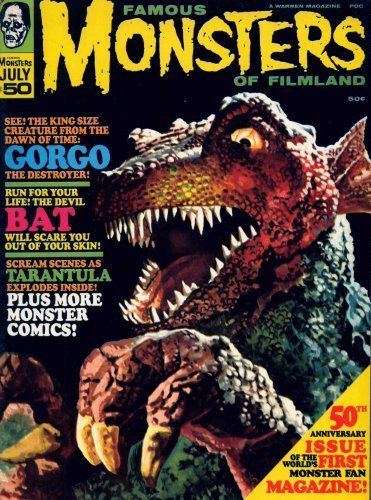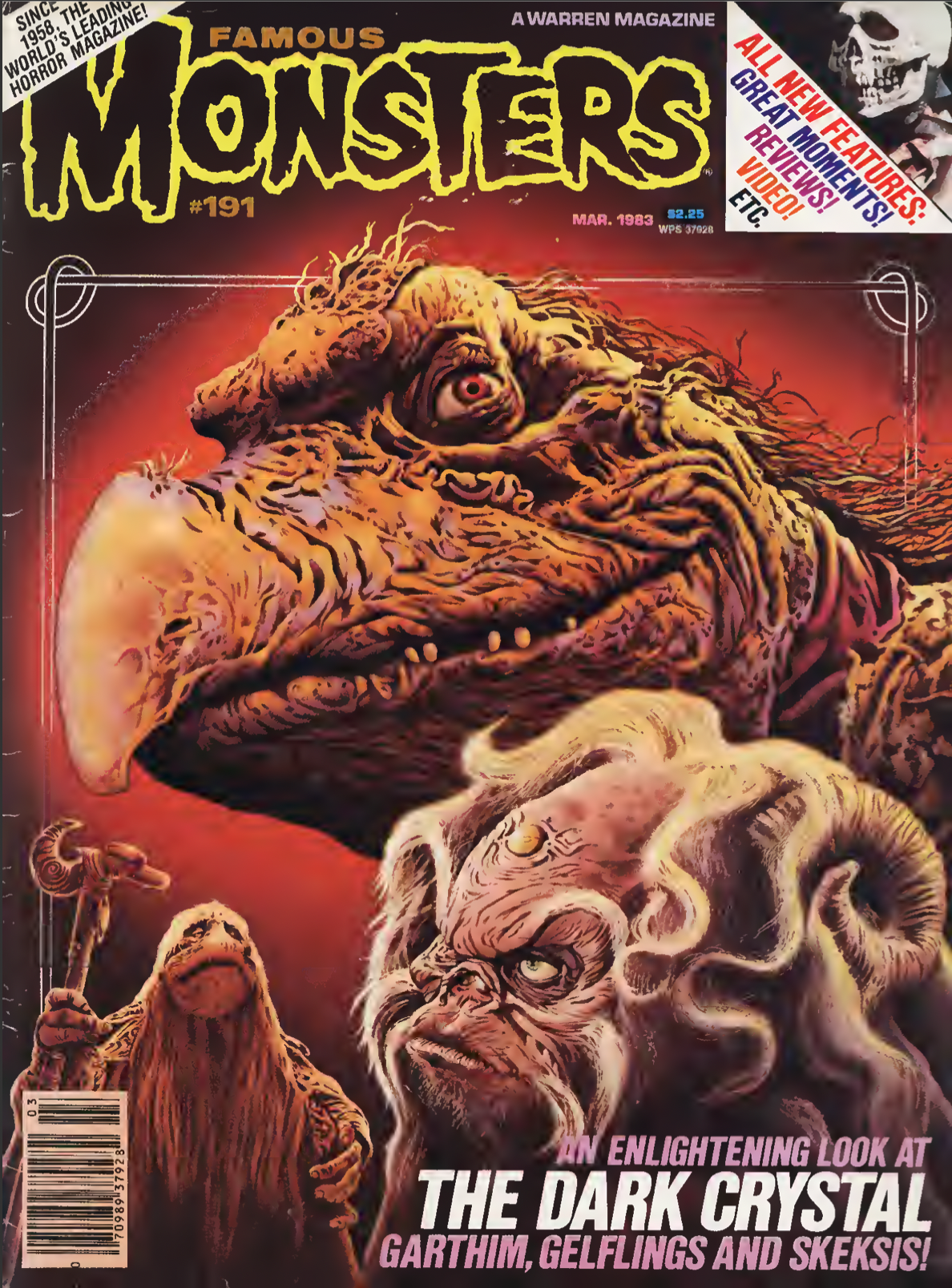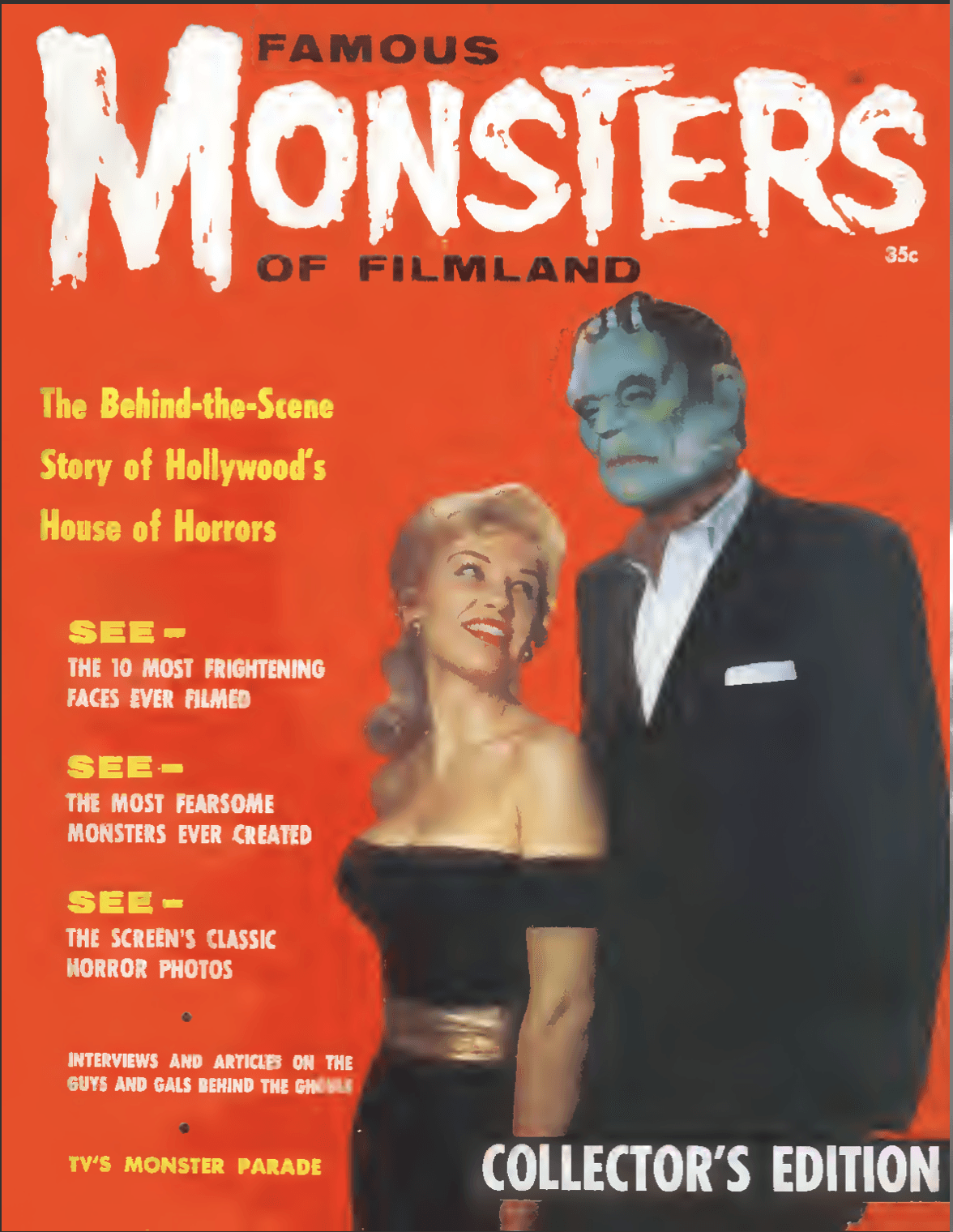WELCOME BACK
MONSTER LOVERS
View this profile on InstagramFamous Monsters of Filmland (@ famousmonsters ) • Instagram photos and videos
FEATURED
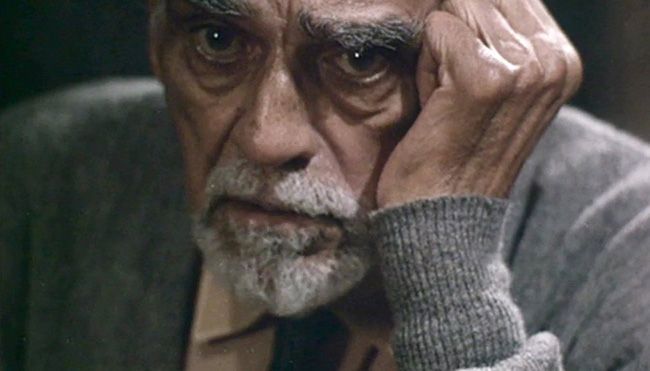
By Ghost of Grubeard
•
16 Jan, 2024
As World War II reached its bloody climax and the second Universal horror cycle with it, Karloff signed on with Val Lewton’s unit at RKO for three films that would prove to be among his best. ISLE OF THE DEAD (1945) saw him in fine form as a Greek general stranded on a plague-ridden island; thanks to director Mark Robson, the film effectively wraps the viewer in a sense of funerary dread. THE BODY SNATCHER (1945) was even better and gave Karloff probably his best role after the Frankenstein Monster as Cabman Gray, a bodysnatcher who procures raw materials for surgeon and anatomist Dr. MacFarlane (Henry Daniell). Gray is a sort of evil more insidious and more frightening than any movie monster that Hollywood had produced thus far and Karloff excels in the role. The film also marks the final time the actor would pair with Bela Lugosi, here making due with what amounts to a bit part, though it must be said that the two have a magnificent final scene together that serves as a fitting end to their screen collaboration. Karloff’s final film for Lewton was the superb BEDLAM (1946) in which he enacted the role of Master George Sims, director of the titular madhouse in Georgian Era England. With the horror film going into another of its temporary hibernations, Karloff again found work in a wide variety of films such as THE SECRET LIFE OF WALTER MITTY (1947), Cecil B. DeMille’s UNCONQUERED (1947) and TAP ROOTS (1948). Universal had a hit with ABBOTT AND COSTELLO MEET FRANKENSTEIN (1948) and followed that film with ABBOTT AND COSTELLO MEET THE KILLER, BORIS KARLOFF (1949), in which Karloff portrayed a phony mystic, and ABBOTT AND COSTELLO MEET DR. JEKYLL AND MR. HYDE (1953), with Karloff in the role initially earmarked for Basil Rathbone. Two Universal Gothic adventure films with accents of horror followed, THE STRANGE DOOR (1951) and THE BLACK CASTLE (1952), with Karloff taking supporting roles in each. The late 1950s saw the release of the Universal Horror films to television as well as the start of a whole new cycle of monster movies courtesy of Hammer Films. Karloff again found himself in demand as, with the death of Bela Lugosi in 1956, he stood unquestionably as King of Horror. Among the first films to take advantage of this was VOODOO ISLAND (1957), directed by veteran horror hand Reginald LeBorg. It was filmed in Hawaii and had Karloff as a skeptical scientist investigating zombies while FRANKENSTEIN 1970 (1958) had him graduate from monster to monster maker in a story rife with detail drawn from recent history. Karloff stars as Victor Frankenstein, maimed and implicitly castrated by the Nazis during World War II, who allows a film crew into his ancestral castle as a means of affording a nuclear reactor to further his research! Unable to produce any heirs, the climax poetically reveals that the “monster” Frankenstein has created is a younger, idealized version of himself. Both of these films were produced by Aubrey Schenck who opted not to film the proposed third feature he’d contracted with Karloff, KING OF THE MONSTERS. .
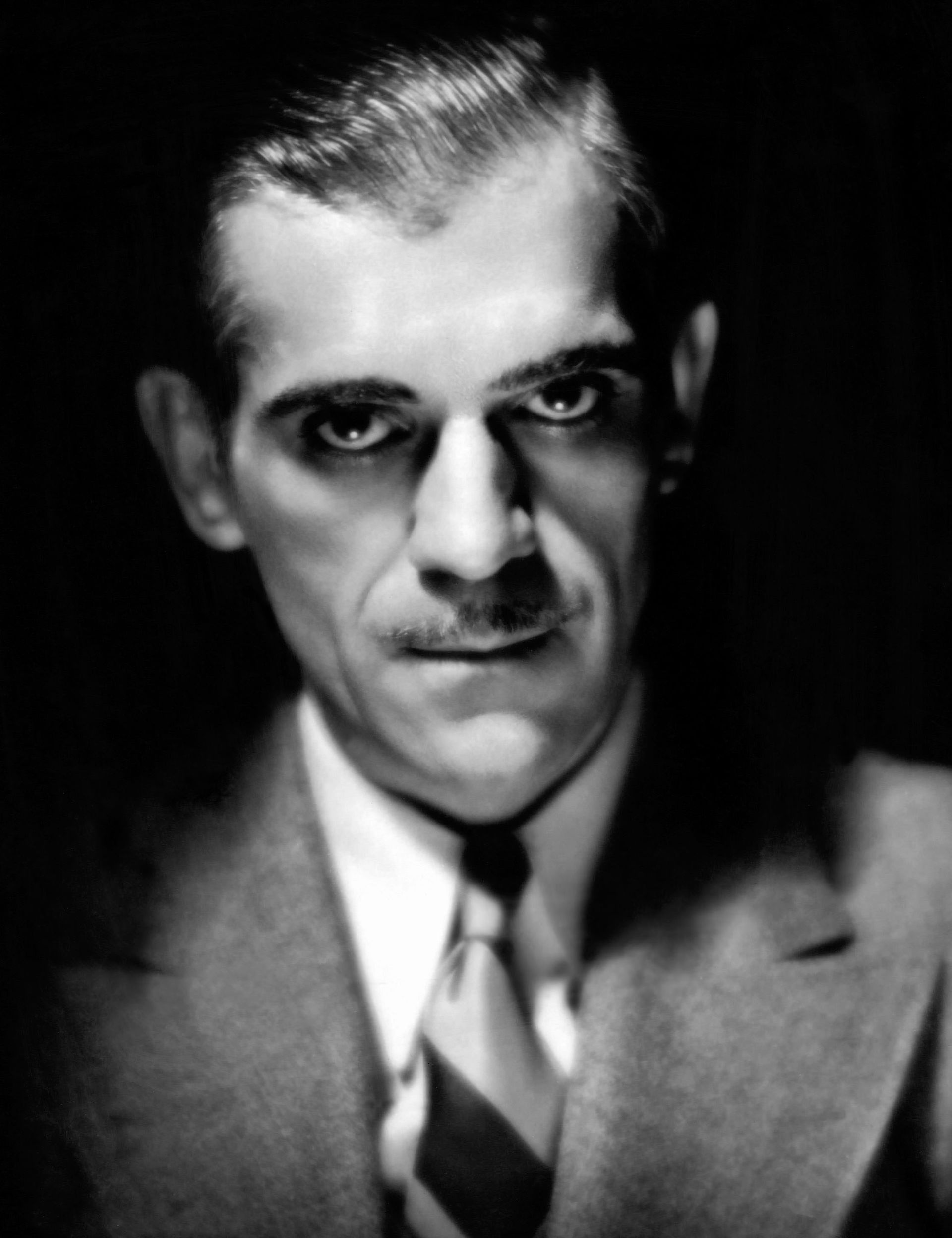
By The Ghost Of Grubreard
•
09 Jan, 2024
BORIS KARLOFF William Henry Pratt November 23, 1887 - February 2, 1969 “The Monster was the best friend I ever had.” There have been many fine portrayals of Dracula, the Phantom of the Opera, Jekyll and Hyde and other classic horror characters but when it comes to the Frankenstein Monster, Boris Karloff stands as unquestionably the greatest actor ever to essay the role. That such a gentle and sensitive personage, on and off screen, would not only make his mark in the horror genre but also become its virtual avatar is surprising. In the multifarious roles Karloff portrayed over the course of more than thirty years he, more so than any actor on record, can lay claim to being Lon Chaney’s true successor. William Henry Pratt was born into a well to do Anglo-Indian family in the heart of what was then Queen Victoria’s Empire, the South London district of Dulwich (sometimes said to be Camberwell, but stated as Dulwich by Karloff in his THIS IS YOUR LIFE appearance). His family had a long tradition in the British civil services in India, and it is likely that both of Karloff’s parents had mixed European and Asian ancestry. The young William was, like his brothers, reared to follow in the familial footsteps toward a career in His Majesty’s Diplomatic Service or some related calling, but a role in a children’s production of Cinderella would change the course of his life. The nine year old boy who would become Boris Karloff made his stage debut as the Demon King and, as the actor himself would later say, “it launched me on a long and happy life of being a monster.” In 1909, having withdrawn from King’s College, William Pratt decided to cast caution to the winds and try to make a living doing what he loved best. He bid his family a temporary farewell and set sail - not for Hollywood, but for Canada. For the next few years, Karloff appeared on Canadian stages from Quebec to British Columbia, supporting himself with what manual labor and truck driving jobs he could find. It was in this timeframe too that Pratt rechristened himself Boris Karloff, “Boris” being simply plucked from thin air and “Karloff” taken from a name in his mother’s family tree. Karloff made his way to the United States and eventually, via theatrical touring companies, to California and the booming film industry. Appearing in small roles from as early as 1919, Karloff stayed on in California and decided on a career as a film actor. He would appear in an adaptation of James Fenimore Cooper’s THE LAST OF THE MOHICANS in 1920; by an amazing coincidence, half a world away in Germany, a rising star named Bela Lugosi was filming an adaptation of the very same story, the very same year. Karloff rose from bit parts to featured roles over the next several years. An especially notable early film was the Edgar Allan Poe-inspired THE BELLS (1926), starring Lionel Barrymore as a murderous innkeeper troubled by his avenging conscience. Karloff played a carnival mesmerist in makeup and attire strongly suggestive of Werner Krauss in THE CABINET OF DR. CALIGARI (1920), and it is his character who plays a large role in Barrymore’s undoing. The coming of sound film saw Karloff continuing in the vein he’d established in the silent era, portraying a number of smallish parts as characters of disparate ethnicities. In this era it was a given that actors display their range by essaying such roles; the career of Lon Chaney was liberally sprinkled with portrayals of Chinese, Native American and mixed race men. A noteworthy role in Howard Hawks’ THE CRIMINAL CODE (1931) as prison trusty Galloway garnered good notices for Karloff and for a time he specialized in gangster parts.

By Michael G. Plumides, Jr.
•
03 Dec, 2023
By Michael G. Plumides, Jr. Night of the Cat was filmed entirely in Charlotte, North Carolina, and its environs in 1972 and released in 1973 to very little fanfare. The production was marred by controversy and rife with underhanded dealings, although the film originally began with a big buzz in the papers. Some press was positive, and some wasn’t. The movie was produced by my father - Michael Plumides, an attorney and nightclub owner, although the intervening illegality began months before he was involved with the film. The driving force behind the production was a man named Norman Williams, a weaselly conman with his underdeveloped physique, horn-rimmed glasses, and mousy receding hairline. Bearing a resemblance to Woody Allen, Williams was arguably a criminal-minded filmmaker who would do anything to make his vision come to life. I’m sure some of you reading this may have an inkling regarding the determination and sheer will it takes to complete a film. Norman Williams not only committed numerous acts of criminality, but he also went to jail for his art. My father owned a nightclub in Charlotte that was regarded with some infamy, called the C'est Bon, located in the heart of Plaza-Midwood on Central Avenue. Several marquee entertainers had played at the venue, including acts such as Bo Diddley and The Drifters. The featured entertainer, however, was none other than Morgana, who was later described as "The Kissing Bandit" throughout the '70s and '80s. The exotic dancer had received some notoriety, appearing on late night talk shows and was a feature in Playboy. Arguably, my father discovered Morgana, and prompted some of her more risqué promotions. An interesting factoid is, Morgana took my brother, George, and I to the movies on several occasions. She accompanied us to matinee screenings of a Planet of the Apes double-feature but also Butch Cassidy and the Sundance Kid . Morgana loved to go to the movies. Anyway, my father's nightclub was burned to the ground in 1971. The two arsonists who committed the crime were arrested and convicted. Here’s the thing. I was recently contacted by a man with some information my father was never privy to. He insisted a rival club owner, recently deceased, bragged he had paid the convicted arsonists to set the club on fire. The rival club owner also threatened their lives if they snitched, as the man was said to be, “mobbed up”. The C’est Bon Club, due to its exotic nature, had generated some legal woes and was on the verge of being closed by the ABC board. I remember visiting the club as a child, and my socks sticking to the floor due to spilt beer and Coca-Cola. The night the C’est Bon was ablaze, my dad lay in the foyer of the brick mansion he had recently purchased. I sat on the steps with my mother in her nightgown. Dad had recently had the entire house carpeted hunter green. My mother said to him as he laid there, sprawled out under the crystal chandelier, “Mike, the C’est Bon is on fire.” He answered in a low gurgle, “Let it burn.” After years of speculation that my father had burned the club down himself, I felt the information regarding the rival’s plot vindicated him of any wrongdoing.
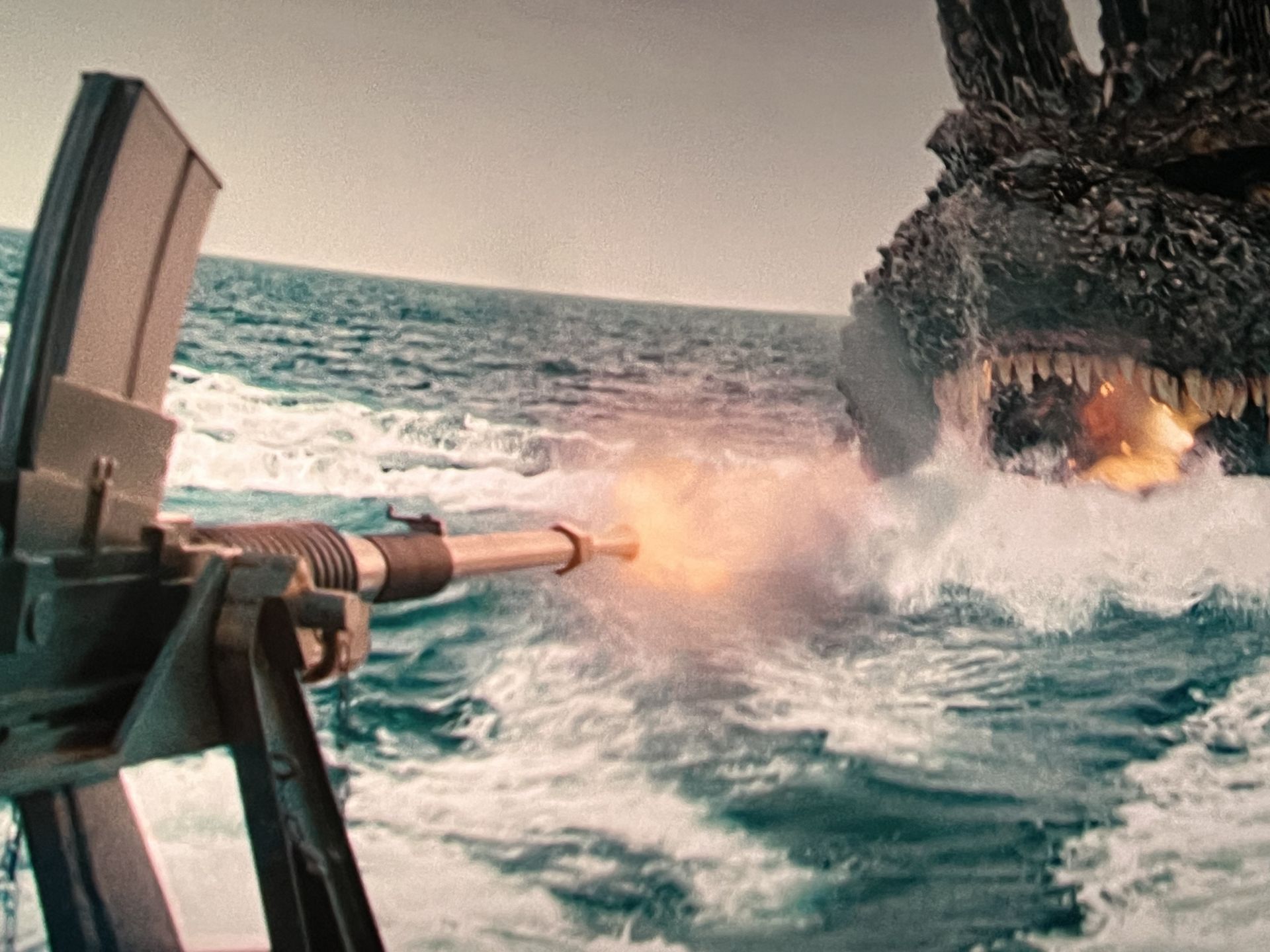
By Peter Morton
•
02 Dec, 2023
Godzilla Minus One feels like a legitimate love letter to the nearly seventy year old beast from the deep. Writer/Director Takashi Yamazaki knows what a Godzilla fan wants and right from the get go he delivers. Set at the end of the second World War we are introduced to Koichi Shikishima (Ryunosuke Kamik) a kamikaze pilot unwilling to follow orders and give his life for a lost cause. Wasting no time in bringing Big G in on the action, an attack leaves Shikshima one of the only survivors and tortured by guilt over his inability to fire upon Godzilla. Jumping forward in time Shikshima returns to a derelict home and quickly finds himself in a makeshift family with Noriko Oishi ( Minami Hamabe ) and a child that she has rescued from the war torn streets of Japan. With the heart of the movie in place, Shikshima goes to work clearing mines in the ocean, a dangerous job but a well paying one. With his likable crewmates it’s only a matter of time before once again Shikshima must come face to face with Godzilla. One of the most impressive aspects of Godzilla Minus One is the coherency of its set pieces. The demolition of Tokyo is a devastating wonder to behold as the scale and power of the beast is released upon terrified citizens fleeing for their lives. Buildings crash as Godzilla stomps and when he eventually powers up to release his breath of death upon the city you can only sit in awe and wonder how on earth he could be defeated. Its period time setting offers an extra element of danger adding to the hopelessness of the situation. Godzilla Minus One manages to do what recent Godzilla movies have not been able to by bringing up to date one of our favorite monsters, ironic then that this is set in the past. Worth catching on the big screen for the sheer spectacle. Godzilla Minus One is in select theaters across the country now.
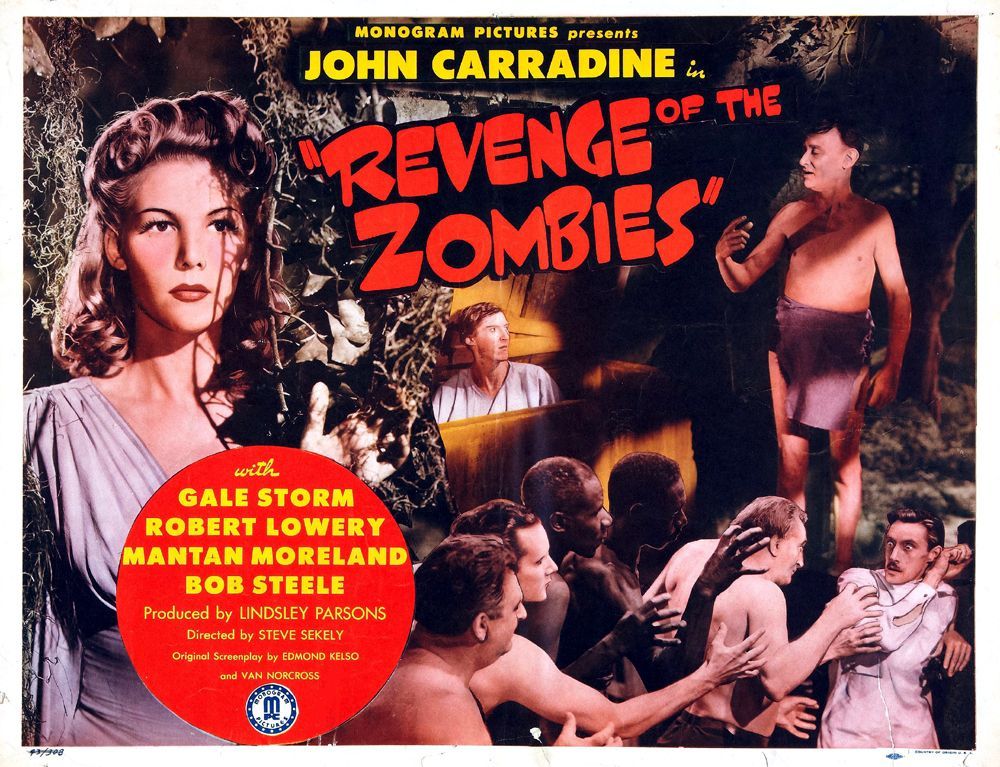
By Published in Famous Monsters Of Filmland Issue 52
•
29 Nov, 2023
The Zombies . . . The Living Dead . . . That bizarre, mysterious & ghastly breed of men who are not dead and yet not alive. They are men with- out soul or will, miserable creatures of the occult world of Voodoo and the Supernatural. Fate has denied them the natural right of eternal rest after death; they roam the earth guided by an irresistible force, blindly obeying the commandments of their evil masters. What you are about to see is the foto-story of a film which was based on the legend of the Zombies. The film was made in 1944, the twilight year of the horror classics, but for all the shock, suspense & pure horror it contained it might well have been made in the early 30s and conceived in the mind of Edgar Allan Poe, Bram Stoker, prior to surgery. Mary Shelly or any of the other authors of true Gothic horror whose works were at that time being transformed into films which have since become classics of carnage. With the exception of John Carradine, the film had an unlikely cast for a horror movie. Gale Storm, a comedian, and Bob Steele, a Western star, had prominent roles. Mantan Moreland & Robert Lowery are generally associated with Charlie Chan type mysteries but still far removed from anything of this nature. But in this case the transformation from Comedy, Western & Detective to master monster stars was a complete success.
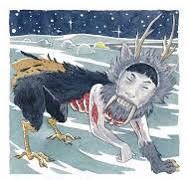
By Honey Morales
•
24 Nov, 2023
By Honey Morales The unmade film script Atuk is believed to be cursed by some. The plot follows a teenage Inuit poet from Baffin Island, and it's based on Mordecai Richler's 1963 novel The Incomparable Atuk or Srick Your neck Out as published in the United States. The protagonist is whisked away to Toronto, where for some reason he experiences instant fame. After being lauded by the city dwellers of Canada, Atuk swiftly takes on the avarice and airs of the modern city. To pursue more 'lucrative' enterprises, he gives up writing poetry, but all of his attempts ultimately fail. It is notable that The Incomparable Atuk pokes fun at the haughtiness of a Canadian culture that aspires to the 'American Dream.' The cinematic adaptation of the novel was written by Tod Carroll (National Lampoons Magazine) and commissioned by filmmaker Norman Jewison (Rollerball) in 1977. In the script, Atuk is an Alaskan native who wants to experience the world beyond his remote town. When the stunning Michelle Ross comes to his village on an assignment, he immediately falls in love with her. Atuk goes with her and her crew back to New York, where he is mixed up in a plot to superimpose an urban metropolis on the wildness of Alaska. In 1979, when Carroll had finished writing the script, he cast an actor friend of his, John Belushi, in the role of Atuk. Belushi was interested in the project enough to take the part. But tragedy struck in March of 1982 when Belushi's trainer Bill Wallace discovered the actor dead in his hotel room.
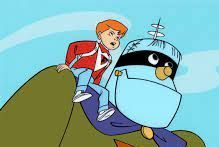
By Phil Hore
•
02 Nov, 2023
By Phil Hore This is the story of a boy and his robot, but we’ll get to that. To begin we need to understand there was once a time when cartoons were serious business thanks to astounding financial and viewer numbers. A US statistics report from 1966 revealed that each episode of one Saturday morning cartoon called: “ Superman/Aquaman snares 1,000,000 men, 1,000,000 women 1,500,000 teenagers and 6,510,000 children. ” It then highlighted a new series called the ‘Banana Splits’ was to be “ telecast every Saturday for 50 weeks, under Kellogg sponsorship, at a reported tab of $5-million …” That Five-mill today is just short of $50 million…for sponsoring an hour a week cartoon show. Since the 80s it’s obvious that many modern cartoons are produced to sell a line of toys featured in the show – think Transformers and He-man. The above report makes it clear that ‘toons were always used by big business to sell something – and in 1966 that something was cereal. For their part Kellogg’s not only sponsored the Banana Splits, but having invested so much the company used a two-pronged attack by tying both products together when they branded this kooky band of animals all over their cereal boxes and in-box giveaways. Kellogg’s clearly saw this substantial investment would reap great rewards.

26 Oct, 2023
THE ALLIGATOR PEOPLE Famous Monsters of Filmland #5 (1959) Lon Chaney Jr.’s back and THE ALLIGATOR PEOPLE have got him! THE ALLIGATOR PEOPLE also has one of the former Tarzans, Bruce Bennett. And, as heroine, the screaming beauty who’s previously been menaced by CURUCU, beast of the Amazon: Cucumbro, creature of IT CONQUERED THE WORLD; and a terror that was out of this world in NOT OF THIS EARTH; — brave, brunet Beverly Garland. Charles O’ Neal, author of THE ALLIGATOR PEOPLE, reveals that “researchers have discovered repeated references to the existence of such half-human monsters as described — and seen — in the picture.’’ Producer Jack Leewood adds : “By piecing together all available information, we have recreated startlingly real monsters, monsters which, according to local Louisiana folklore, once roamed and preyed on the surrounding countryside in the late 18th and early 19th centuries.” Jane Marvin (Bev Garland) is aboard a honeymoon train with her bridegroom, Lt. Paul Webster (Richard Crane), when he receives a mysterious telegram. He does not reveal its contents to her, but instead disappears. Altering her plans, Jane makes frantic efforts to locate Paul, but a whole year passes by in the process and she is about to give up all hope of ever seeing him again. Was it all a dream? Did she marry a man or a ghost? Then suddenly Jane discovers a university record that indicates there might be some knowledge of Paul’s whereabouts at a place called The Cypresses at Bayou Landing. Hurrying there, Jane receives a cold reception from a woman claiming to be a Mrs. Hawthorne and denying that she knows anything about Paul. Jane is put up for the night but cautioned to keep close to her room.
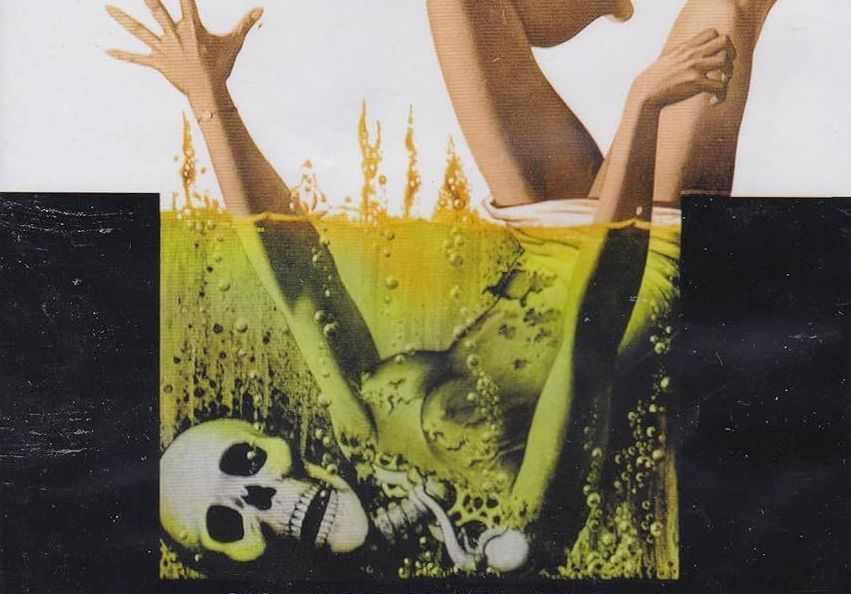
By Ron Clark
•
24 Oct, 2023
By Ron Clark Scream and Scream Again. 1972 Famous Monsters 90 This week I tackled or attempted to tackle Scream and Scream Again which was featured as the cover story for Famous Monsters in May, 1972. This American International release “stars” the three giants of British Horror, Christopher Lee, Peter Cushing and Vincent Price. Stars is a dubious term as though they are top billed their characters are barely seen for most of the run time. Based on pulp novel The Disoriented Man, the movie starts with a nasty sequence where a jogger is abducted drugged and comes to to find his leg amputated (he screams).



